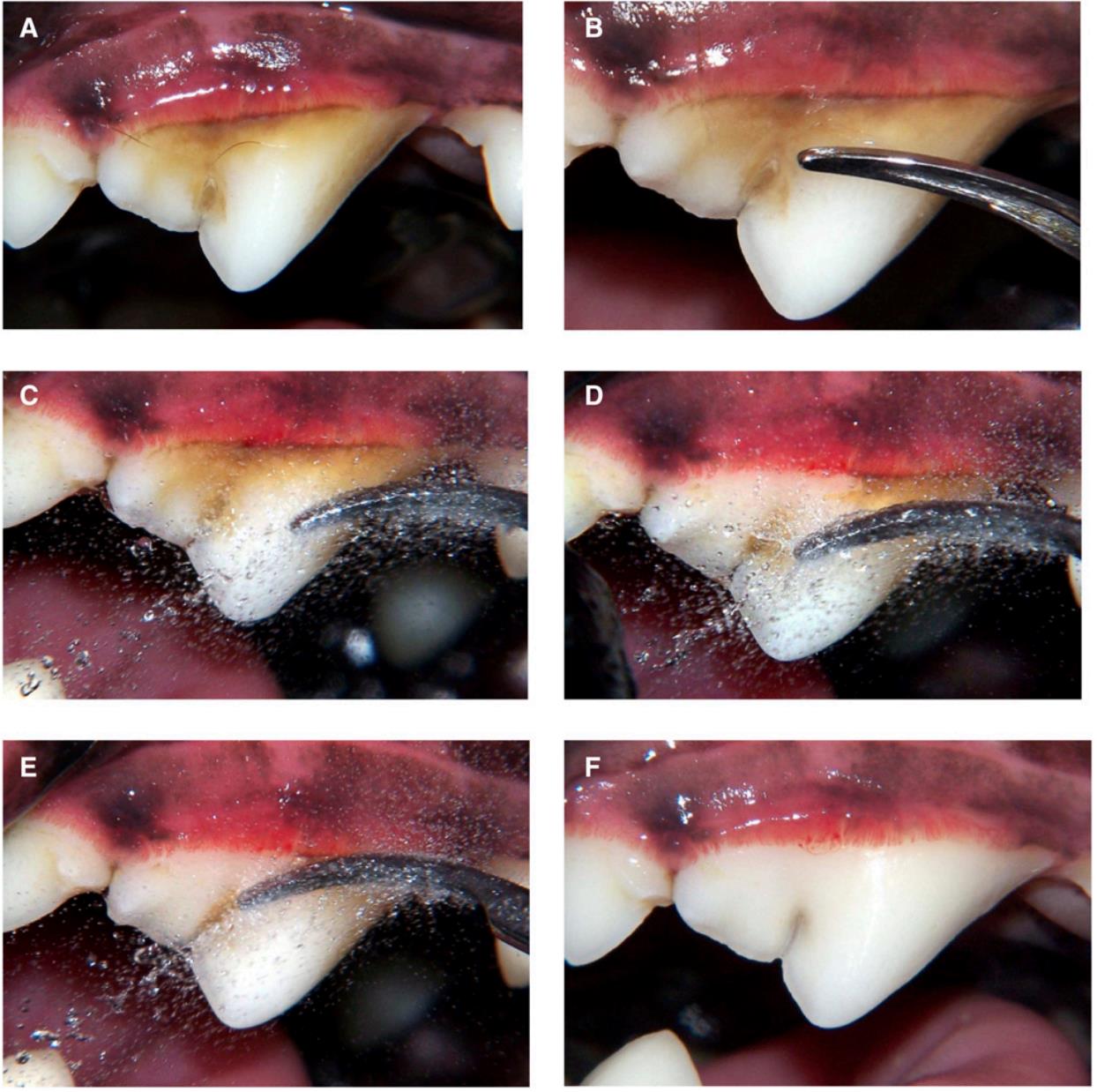Dog Teeth Cleaning near Tustin, CA
Dog Teeth Cleaning near Tustin, CA
Dog Teeth cleaning near Tustin, CA is vital for your pet’s well-being. The American Veterinary Dental Association reports that 80% of dogs and 70% of cats risk developing periodontal disease by age two, leading to tooth loss and other health issues. This is often due to pet owners underestimating the importance of dental care.
Tustin, known for its historic charm and pet-friendly amenities, is an ideal place to focus on your dog’s dental health. Our pet dentistry services provide thorough cleanings and preventive care to maintain your pet’s health. We offer educational videos and a comprehensive FAQ about dog dental cleaning to assist you. Schedule an appointment with Bliss Animal Hospital to ensure your pet’s dental health is in expert hands.
What to Expect: Dental Treatment
Learn more about pet dental treatments here at Bliss Animal Hospital.
FAQs About Pet Dental Care
Here are some of the most frequently asked questions from our clients about pet dental care:
FAQs About Pet Dental Care
Here are some of the most frequently asked questions from our clients about pet dental care:
What are the common symptoms in pets with dental diseases?
Pet dental problems develops slowly and can be sneaky, but watch out for these signs:
- Tartar Buildup: The gradual accumulation of plaque and tartar on your pet’s teeth.
- Loose and/or Broken Teeth: Dental issues can weaken teeth, leading to breakage or loss.
- Extra Teeth or Retained Baby Teeth: These can cause crowding and dental problems.
- Bleeding from the Mouth: A concerning sign indicating gum disease or injury.
- Bad Breath: Persistent foul odor could signify dental problems.
- Pain or Swelling in or around the Mouth: Your pet may show signs of discomfort.
- Reduced Appetite or Refusal to Eat: Dental pain can lead to reduced food intake.
- Abnormal Chewing, Drooling, or Dropping Food: Behavioral changes related to dental discomfort.
- Discolored Teeth: Stains or discoloration may indicate dental issues.
What your neighbors are saying!
Pet dental cleaning typically involves anesthesia for the safety and comfort of your pet. Our skilled veterinary team use advanced equipment to remove plaque and tartar, polish the teeth, and conduct a thorough examination. You might wonder, is it safe to put a pet under anesthesia for teeth cleaning? Rest assured, modern anesthesia practices are safe, and our team takes every precaution to minimize risks.







